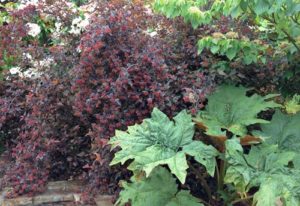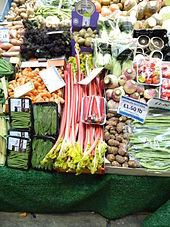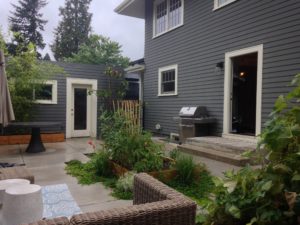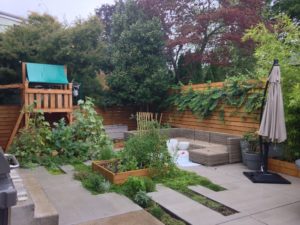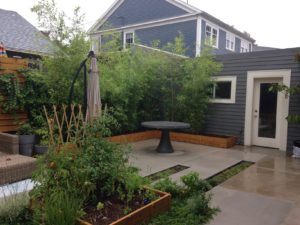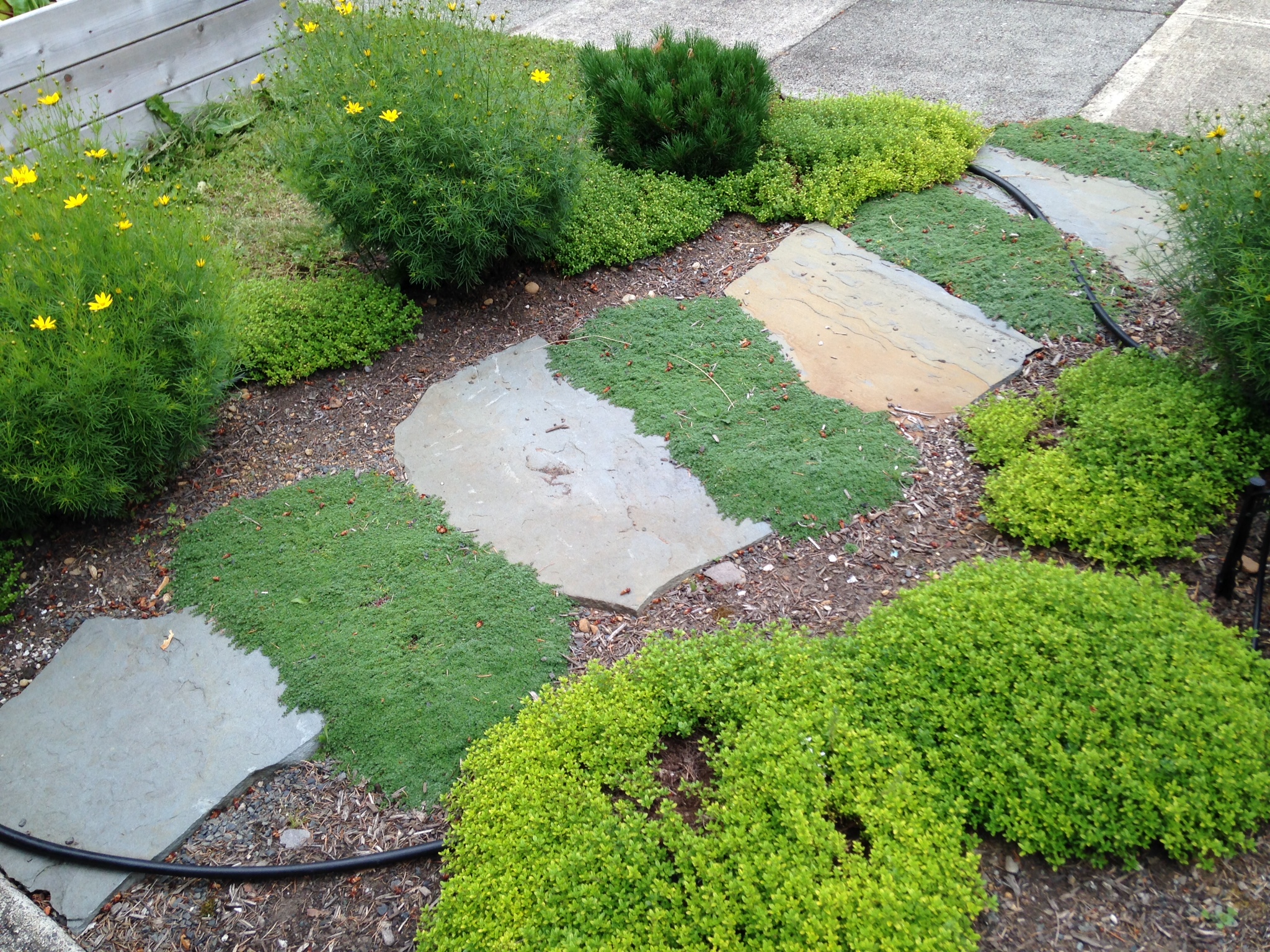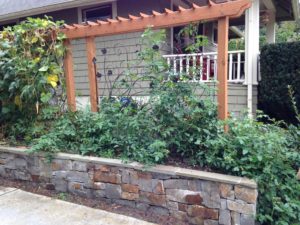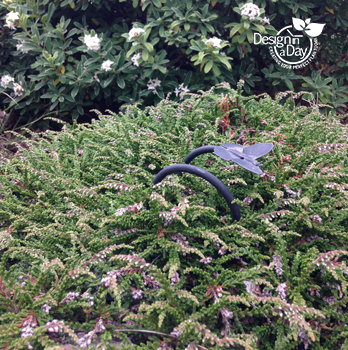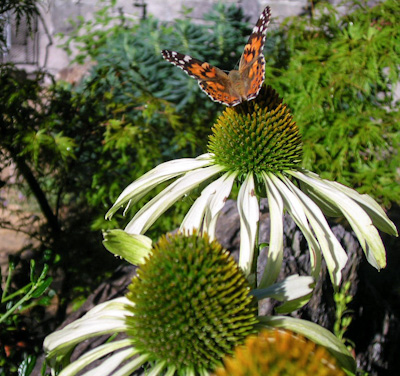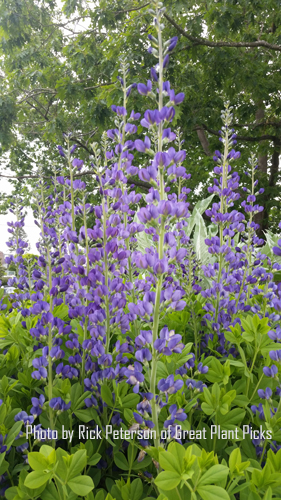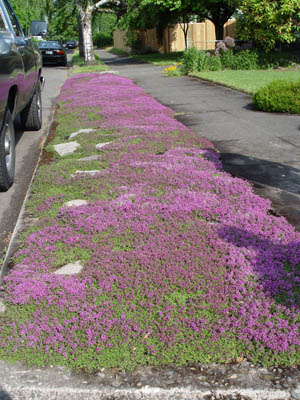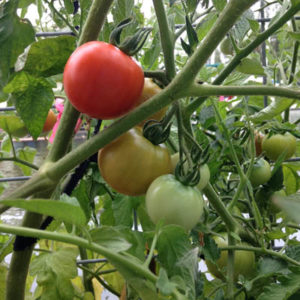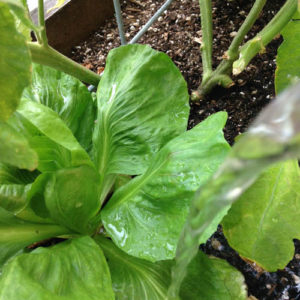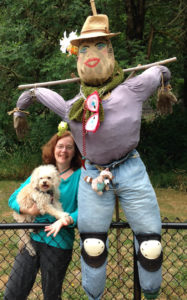Gardener and guest blogger Chrissy Lavielle tells us how to grow and cook scarlet runner beans. Her recipe below, “Scarlet Runner Bean Soup”, is fantastic.
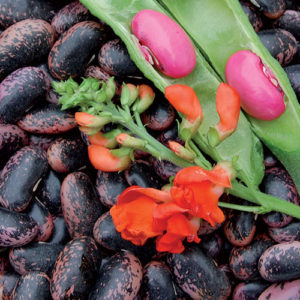
Scarlet Runner Bean. Photo courtesy of Seed Savers Exchange
Early in April, when the soil is just beginning to warm up, I plant the scarlet runner beans. It seems so cruel to bury those beautiful, thumb sized black and purple beans in the cold, damp earth, but they always burst happily to the surface in two or three weeks – depending on how cold it is. When they get to be about six inches tall, I tie long strings onto a wire I’ve strung in the eaves of the porch, just above the bean plants. I tie the other end of each string around the upper part of a plant. As summer begins to progress, the beans spiral gracefully up the strings. By mid July they’ve made a 15 foot tall, thick, green curtain dotted with brilliant scarlet flowers that shades the west side of the porch from the worst of the summer sun.
By late autumn, the flowers have been replaced by long dry parchment brown pods filled with those beautiful beans. The cotton string doesn’t compost well, and it’s slimy remnants catch on trowels and shovels and weeding forks for several years. And so I choose a sunny afternoon in November and spend it picking beans and unraveling string and summer from the twisted vines.
Shelling the grocery bag full of bean pods takes an easy hour – less if someone helps. I put the beans in a pottery bowl and leave them on the kitchen counter to dry. Whenever I find myself standing next to them, I push my hand down into the mass of cool, satiny beans and stir them around. It feels wonderful and makes a comforting, pattering sort of sound.
I use the spiral cut ham bones from the Yule Ritual to make a fabulous stock for the beans.
To make the stock:
Put a bunch of ham bones or bones saved from several pork roasts in a stockpot and cover with water or chicken broth. Add some salt and lemon juice to pull the calcium out of the bone. Bring to a boil and simmer for about 4 hours.
After about 2 1/2 hours add:
A few yellow onions, carrots and ribs of celery
A large can of diced tomatoes
10 pepper corns
Fresh sprigs of parsley, sage, rosemary and/or thyme
After the 4 hours, strain stock from bones and vegetables.
To make the soup:
Soak about 1 1/2 – 2 cups of beans in water overnight. Strain and rinse beans. Put them in a 1 1/2 – 2 quarts of stock and bring to boil. Simmer for about 1 1/2 hours. Add a few spritzes of Tabasco sauce and adjust seasonings. Puree about 1/2 the beans in a food processor and add back to thicken the soup.
You can add pasta and/or garnish with fresh chopped basil.

